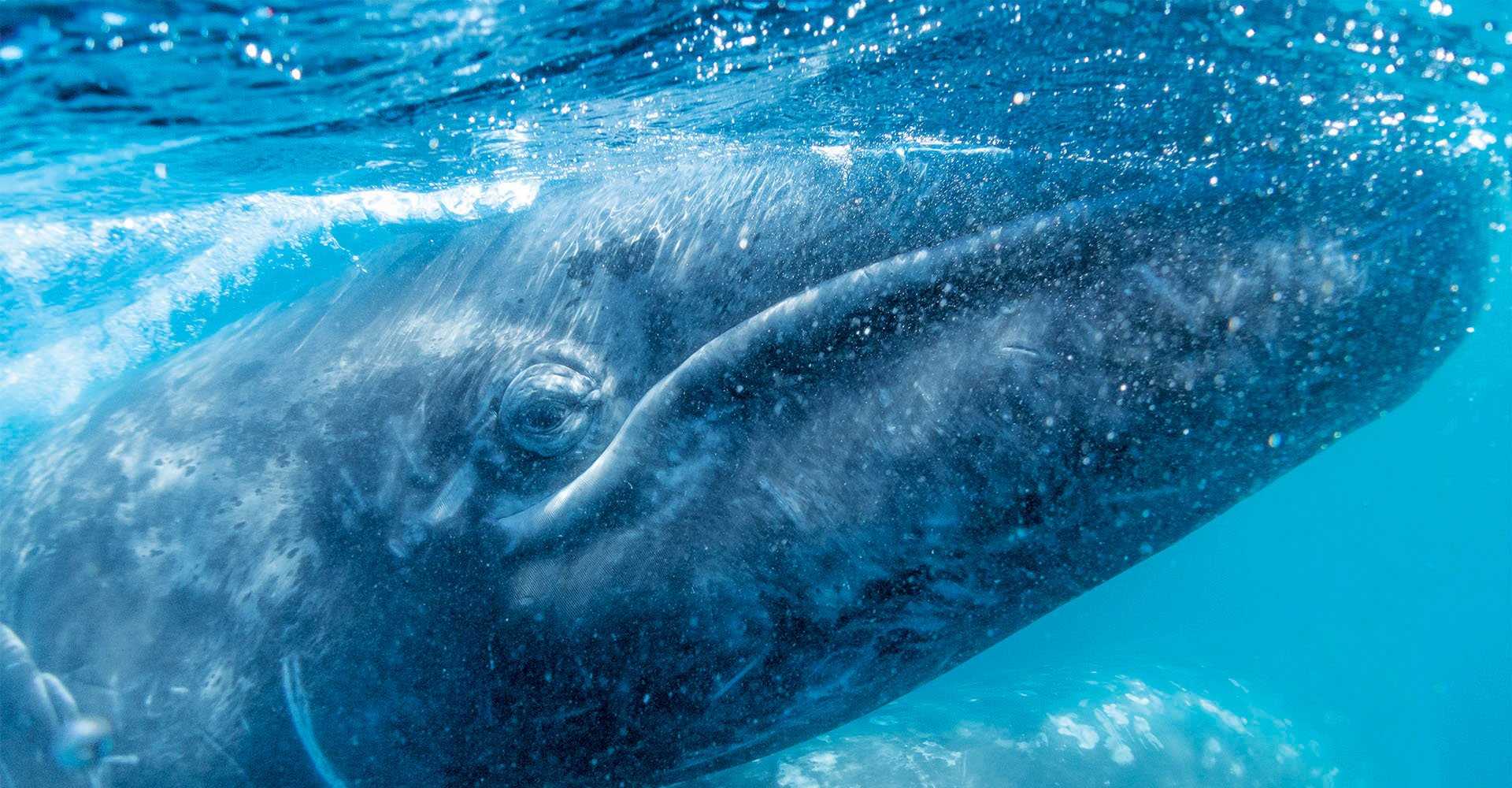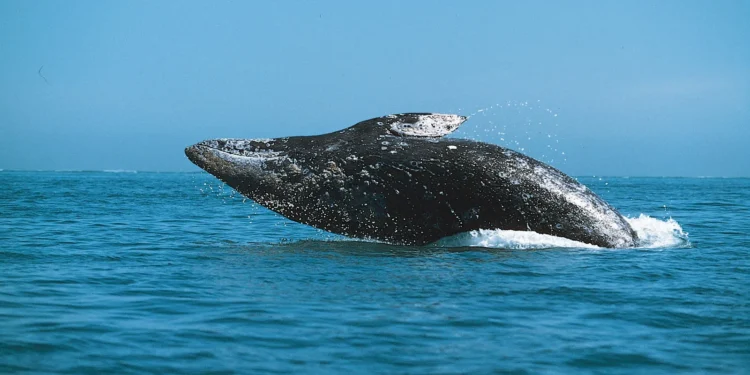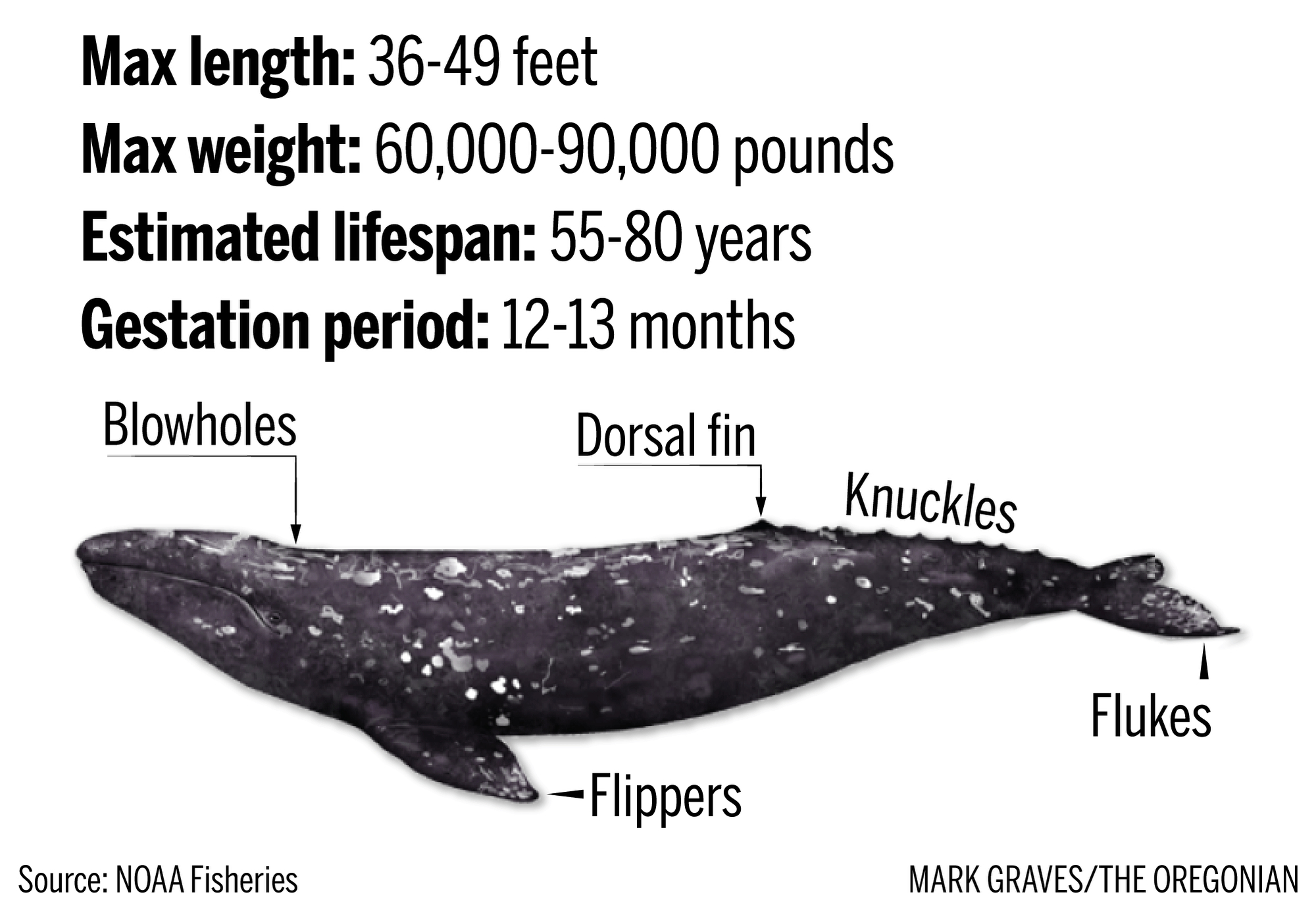The gray whale is one of the most fascinating creatures in the ocean. This majestic marine giant is known for its incredible migrations and unique appearance. Found mostly along the coast of North America, gray whales are often seen by people who love to watch sea life. These whales are known for their gentle nature and play an important role in the marine ecosystem. Let’s dive deeper into the world of gray whales and discover what makes them so special.
What Does a Gray Whale Look Like?
Gray whales are truly unique in appearance. Their bodies are covered in a variety of barnacles and parasites, which give them a rough, patchy look. These barnacles make them easily recognizable compared to other whale species. A fully grown gray whale can reach up to 50 feet (about 15 meters) in length and can weigh as much as 40 tons! That’s about the weight of 20 large cars.
Their coloring is another distinctive feature. Unlike other whales that are mostly dark in color, gray whales have a mottled gray appearance. This is why they are called “gray” whales. Their bodies often show scars from barnacles and predators, giving them a rugged look.
Where Do Gray Whales Live?
Gray whales are commonly found along the coasts of the Pacific Ocean, specifically near the western coast of North America. They are typically seen from the waters of Alaska down to Mexico. Gray whales are known for their incredible migration journey, traveling thousands of miles every year between their feeding grounds in the Arctic and their breeding grounds in the warm waters of Baja California, Mexico.
During the summer months, gray whales spend their time in the cool waters of the Arctic, where they feast on an abundance of food. As winter approaches, they begin their migration south, heading towards the warmer waters of Mexico to mate and give birth. This long journey is one: How Do Gray Whales Eat?
Gray whales have a unique feeding style that sets them apart from other whale species. They are bottom feeders, meaning they dive to the ocean floor to scoop up sediment and search for food. Once they scoop up the sediment, they use their baleen plates to filter out small organisms like amphipods, which are tiny shrimp-like creatures.
Gray whales are known as “filter feeders” because they trap their food using the baleen in their mouths. The baleen plates are made of keratin, the same material as human hair and nails, and they work like a comb, allowing the whale to trap its food while pushing out sand and water.
What Is the Gray Whale’s Favorite Food?
Gray whales primarily feed on small bottom-dwelling creatures called amphipods. These tiny organisms are a favorite of the gray whale and are found in large numbers along the ocean floor. Gray whales also feed on other small crustaceans and invertebrates, but amphipods make up the bulk of their diet.

How Big Is a Gray Whale’s Mouth?
A gray whale’s mouth is massive! It can be about 10 feet long, with large baleen plates hanging down like combs. These plates help the whale filter out water and sediment, leaving only the food inside. Despite their large size, gray whales don’t have teeth like other animals. Instead, their baleen allows them to consume tiny creatures that get caught in their mouths.
Why Do Gray Whales Dive So Deep?
Gray whales often dive to the ocean floor to find food, which is why they can reach impressive depths of around 500 feet. They are specially adapted to hold their breath for long periods, sometimes staying underwater for as long as 15 minutes. This deep diving ability allows them to reach the ocean floor where their favorite food, amphipods, are found.
Why Do Gray Whales Migrate?
Migration is one of the most extraordinary behaviors of gray whales. They migrate to ensure that they are always in the best location for survival. Gray whales migrate from the cold Arctic waters, where they feed, to the warm waters of Baja California, Mexico, where they breed and give birth.
The main reasons for migration are the availability of food and the need for a safe environment in which to raise their young. The Arctic waters are rich in food during the summer, but they become too cold and harsh during the winter. By traveling to the warmer waters of Mexico, gray whales can give birth in a more protected environment, free from predators like orcas.
Are Gray Whales Friendly?
Yes, gray whales are often considered friendly and curious animals. They are known to approach boats and interact with people in a gentle manner. In fact, some gray whales have been known to come right up to small boats, allowing people to touch them. This behavior has earned them the nickname “friendly whales.” Their curious nature makes them a popular attraction for whale-watching tours, especially along the coasts of California and Mexico.
How Long Do Gray Whales Live?
Gray whales can live a long life, with some reaching up to 70 years of age. Their long lifespan, however, depends on a variety of factors, including their environment, availability of food, and threats from predators and humans. Gray whales are resilient creatures, but they face many challenges in the wild that can impact their lifespan.
What Dangers Do Gray Whales Face?
Gray whales face several dangers, both natural and human-made. Natural predators, such as orcas, pose a significant threat to gray whales, especially young calves. Orcas often target gray whale calves during migration. In addition to predators, gray whales also face threats from humans, such as entanglement in fishing gear, ship strikes, and habitat destruction due to pollution.
How Do Gray Whales Protect Themselves?
Gray whales are not aggressive animals, but they have developed some strategies to protect themselves from predators. One common behavior is to dive deep and stay close to the ocean floor, where predators like orcas are less likely to follow. Gray whale mothers are also very protective of their calves, often positioning themselves between the calf and any approaching danger.
Why Are Gray Whales Important to the Ocean?
Gray whales play an important role in maintaining the health of the ocean ecosystem. By feeding on the ocean floor, they stir up sediment, which releases nutrients into the water. These nutrients help support the growth of plankton, which is the foundation of the marine food chain. Gray whales also help regulate the population of small organisms, ensuring a balanced ecosystem.
Can You See Gray Whales in the Wild?
Yes, gray whales can be seen in the wild, especially along the coasts of California, Oregon, Washington, and Alaska. Whale-watching tours are popular in these areas, particularly during the migration season. The best time to see gray whales is during their migration, which typically occurs between December and April. During this time, they travel from their feeding grounds in the Arctic to the warmer waters of Mexico.
Final Words
The gray whale is truly a gentle giant of the sea. With its unique appearance, long migration journey, and important role in the marine ecosystem, it’s easy to see why gray whales captivate the hearts of so many people. Their resilience in the face of natural and human-made dangers only adds to their majestic nature. As we continue to learn more about gray whales, it’s important to protect them and the ocean they call home, ensuring that future generations can marvel at these incredible creatures.













